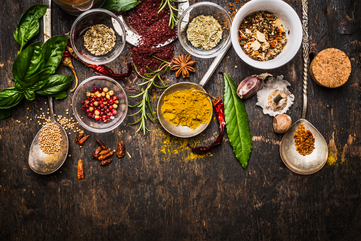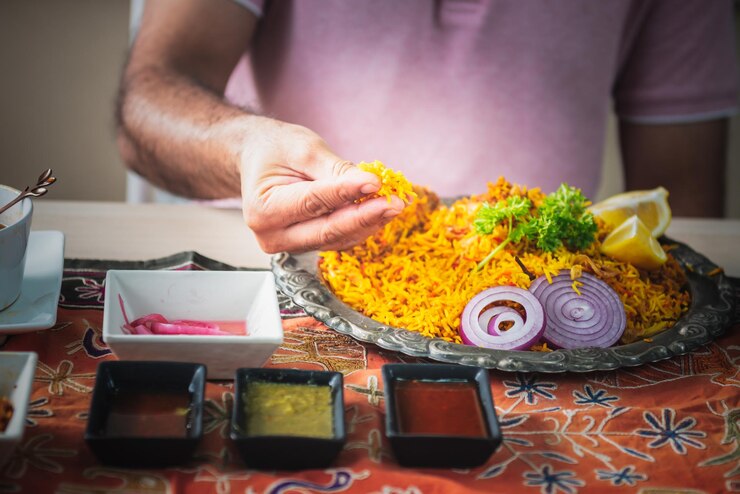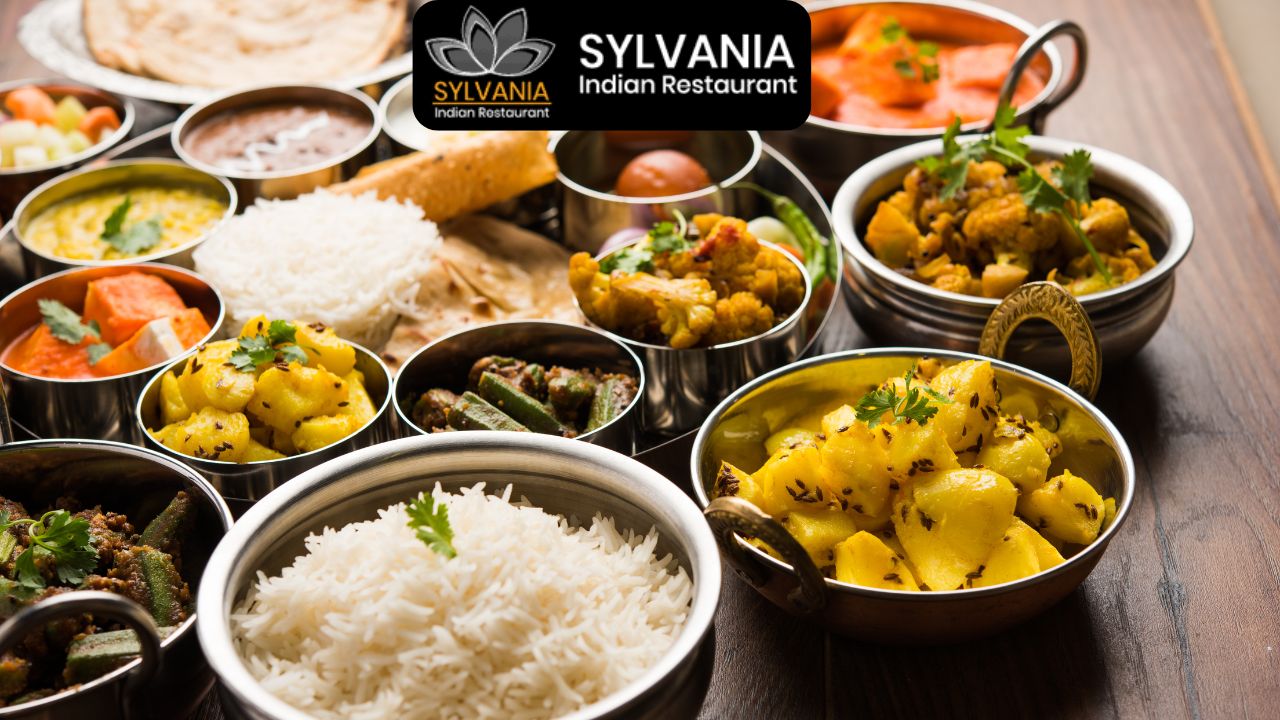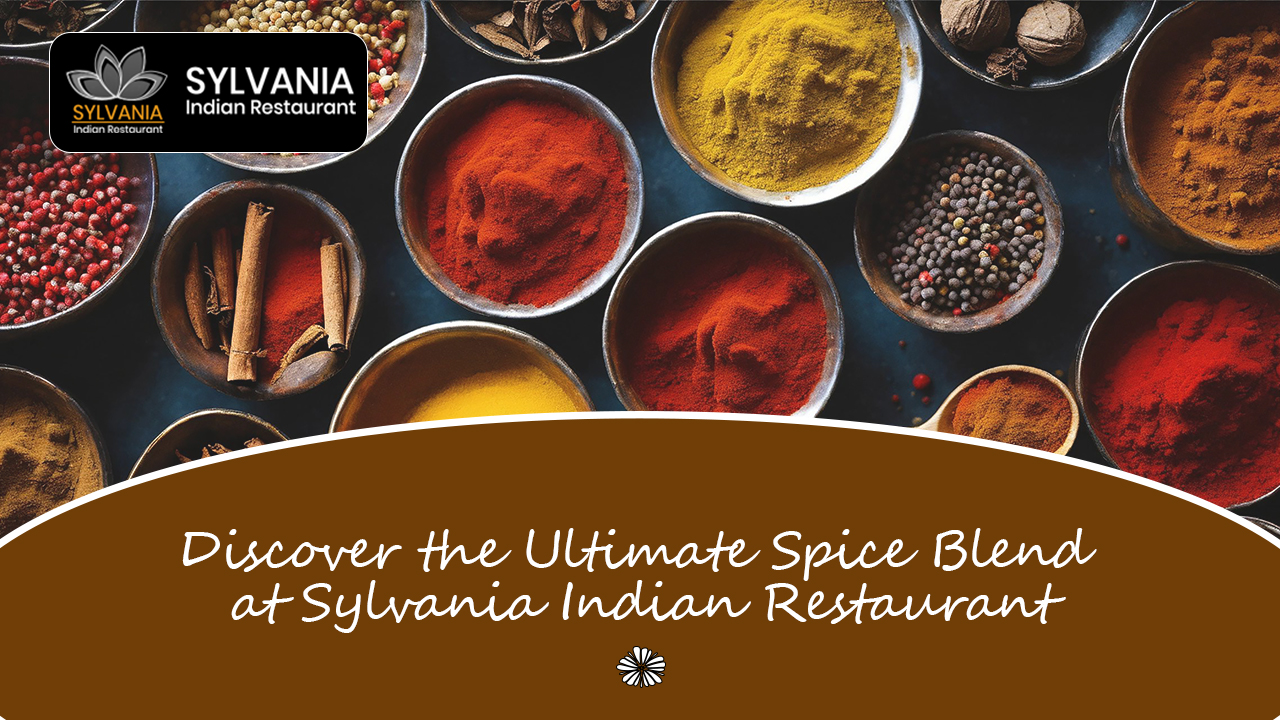When it comes to Indian spices, the tantalizing fragrance, vibrant colors, and complex flavors of Indian cuisine are primarily owned by the rich history of spices in the religion. It’s like creating a vibrant culinary story to learn about the origins of Indian spices. Centuries ago, these spices were used as cultural symbols and spread along worldwide trade routes.
Indian spices change the taste of the foods and are also beneficial to health. As these spices gained popularity over time, they transformed international cuisines. They are essential to today’s family meals, celebrations and even the health sector. Numerous restaurants use spices to create new and yummy cuisines. The Indian restaurant in Sylvania buys spices from India to make Indian food and serve it to its customers. It is not merely a way to boost flavor; the history of spices is a journey connecting the past to our plates.
The spice trade: ancient routes of exchange
India was at the centre of the spice trade route years ago, attracting people worldwide who came to look at its valuable things. Spices were highly valued commodities that promoted trade and cultural exchanges between the East and the West. There are some spices, such as cardamom, turmeric and black pepper. It not just spices but also boosts India’s economy. The spice trade had a major impact on developing the world economy and civilizations.
Healing power: spices in ayurveda
Spices are used to make new food and increase flavors. It does not only make food tasty but also provides health benefits. Indian spices such as turmeric, cumin, garlic, ginger, and more can help enhance the immune system and protect against viral infection.
Cooking traditions: spices at the heart of Indian food
Spices are not just ingredients in the food but also increase the flavors. Every Indian region has its special combination of spices, an example of the regional ingredients and culinary customs. Indian spices add flavors to everything from the spicy curries of Goa to the fragrant biryanis of Hyderabad. If you are a food lover who enjoys experiencing new cuisine, you must try Indian foods.
Colonial times: change in spice trade
The advent of European powers like the Dutch and British during the colonial era signified a significant change in the history of Indian spices. The colonial powers not only traded spices but also introduced new spices to Indian cuisines, such as potatoes, tomatoes, and chillies, resulting in their being the main ingredients in many Indian dishes.
Cultural customs: spices in rituals and celebrations
Indian customs and culture include the use of spices. They represent happiness and prosperity and are utilized in religious rituals, marriages and festivities. In India, different states offer different types of food. The Best Indian Food in Sylvania offers a unique taste.
Modern Trends: Rediscovering Traditional Flavours
In recent years, traditional Indian spices have become increasingly popular due to growing interest in real flavors and holistic living. Cooks and food lovers are learning to mix spices and combine traditional recipes to create new dishes.
Preserving heritage: protecting spice diversity
The richness and history of Indian spices must be held for the enjoyment and cherishing of future generations. It will be crucial to help farmers in the area, promote eco-friendly agriculture, and protect indigenous spice varieties to maintain the legacy of Indian spices for future generations.
Learning about the rich history of Indian spices reveals a thousand years of culture, traditions and culinary innovation. Spices are strongly connected to India’s spirit, from historic trade routes to modern kitchens. If you are savoring an Indian meal, visit an Indian restaurant in Sylvania, Sylvania Indian Restaurant.




